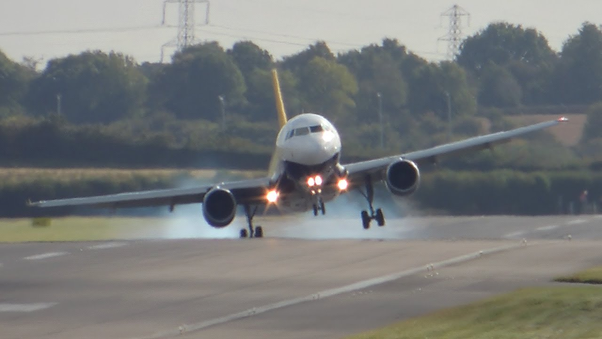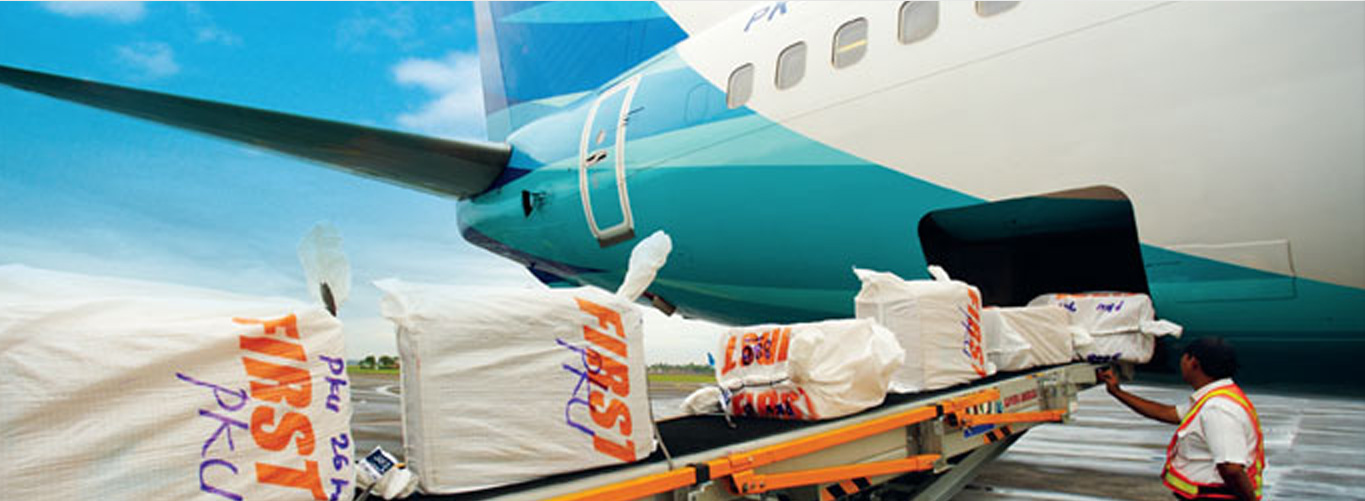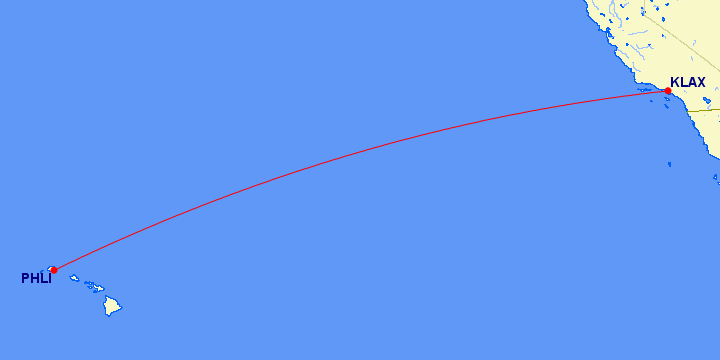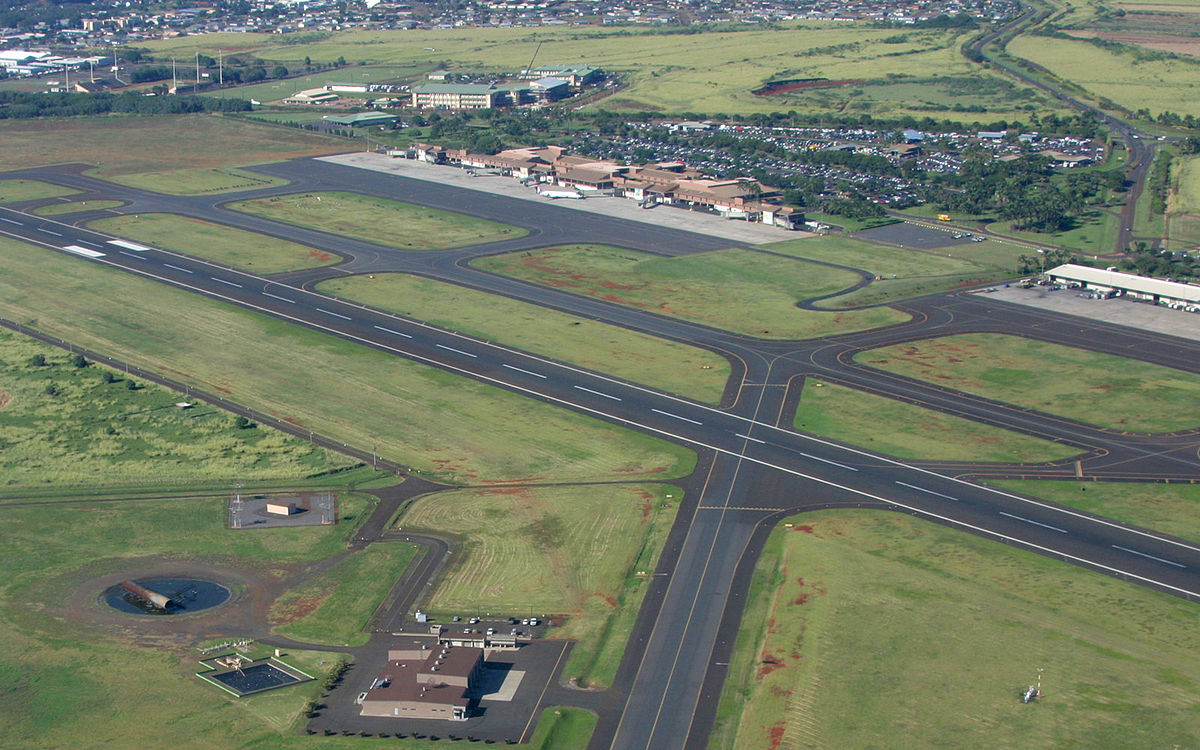Why Do Airlines Kick Off Passengers For Weight Restrictions?

Most people think that if an airplane has a seat open on a plane, that it can be filled and occupied by someone all the time. While this is the case for the majority of flying, there are some interesting reasons that the seat next to you isn’t filled for weight reasons.
The old saying ‘what goes up must come down‘ is quite accurate in the world of aviation. For every pound that an airplane takes off with they need to land with that weight — minus the fuel. At large airports like LAX and JFK they have quite long runways that allow even the biggest airplanes to takeoff and land. However, at smaller airports like Lihue in Hawaii or New York’s LaGuardia airport there simply isn’t enough runway space available for a fully loaded airplane.
It’s all about safety, the airline industry is built on an astounding amount of supervision and regulations that require certain number of safety checks. Unlike cars, you can’t pull over to the side of the sky or land wherever you want. It’s built on safety and everything is done in the best interests on preserving human life.
For a quick 101 in airplane physics, for every pound that you add to an airplane it increases the amount of runway needed to safely take off and land. Compounded by that there are also federal regulations which require the amount of runway available to safely stop in the event of an emergency. The name of the game is safety and there can be a huge difference between an aircraft being able to stop on the runway versus overrunning it and ended up in water or the middle of a highway.

Most sophisticated flight planning software uses average weights to calculate prior to departure how much runway you will need to safely take off or land within federal regulations. In the case of airlines if you can’t take off with all the passengers booked on to the flight you will need to remove them until the plane comes to its target weight to take off.
You’ve probably heard these words in the terminal that the flight is ‘payload optimized‘ or ‘weight restricted.‘ It generally means that due to some take off, landing, or fuel factor not everyone can be taken. While the crew will do their best to take every passenger and bag they can possibly take, there are safety concerns that must be met before takeoff.
For the passenger if they don’t have to be somewhere particularity fast there will usually be a later flight and some compensation in it for you. Usually resulting in travel vouchers, award program miles, or other forms of monetary payment.

For a real world example, let’s take American’s service from Lihue, Hawaii to LAX. It’s serviced by an Airbus A321 aircraft. The distance between the two is 2,615 miles, well within the range of the aircraft. Due to the weight of the fuel needed to complete this flight including required contingency fuel such as alternates, ETOPS requirements, and additional fuel if there happens to be weather over the Pacific Ocean, it makes it a very heavy airplane even without passengers. Not only that but the longest runway is only 6500 feet long, by airplane standards that’s pretty short.
In the event of an emergency if that airplane needs to stop for a catastrophic failure on takeoff it needs runway available to do that stopping. The only way to ensure you can make all these requirements is to restrict the number of passengers on a flight. Sometimes airlines may just remove bags and send passengers without bags, but that can cause extra problems. Keeping passengers with their bags is more preferable and sending that person on a later flight makes it a win in the books for the airline.

Being in an aviation career where I have seen this first hand and having seen how this can affect flights I understand the need to do it. The airlines aren’t after losing your business or not taking every passenger they possibly can. It’s cheaper for the airline to take all the passengers in a completely full flight over having to pay compensation and possibly hotels rooms for that individual. They want you to get on that flight just as much as you want to be on that flight.
So next time you’re going out of a smaller airport with short runways lookout for those magic words about your flight being payload optimized or payload restricted and take note of just how many people get on the flight. Also use that time to take note how you were safely able to get off the ground, because there could always be that one time that your captain needs to step on the brakes due to it being unsafe to liftoff the ground.





